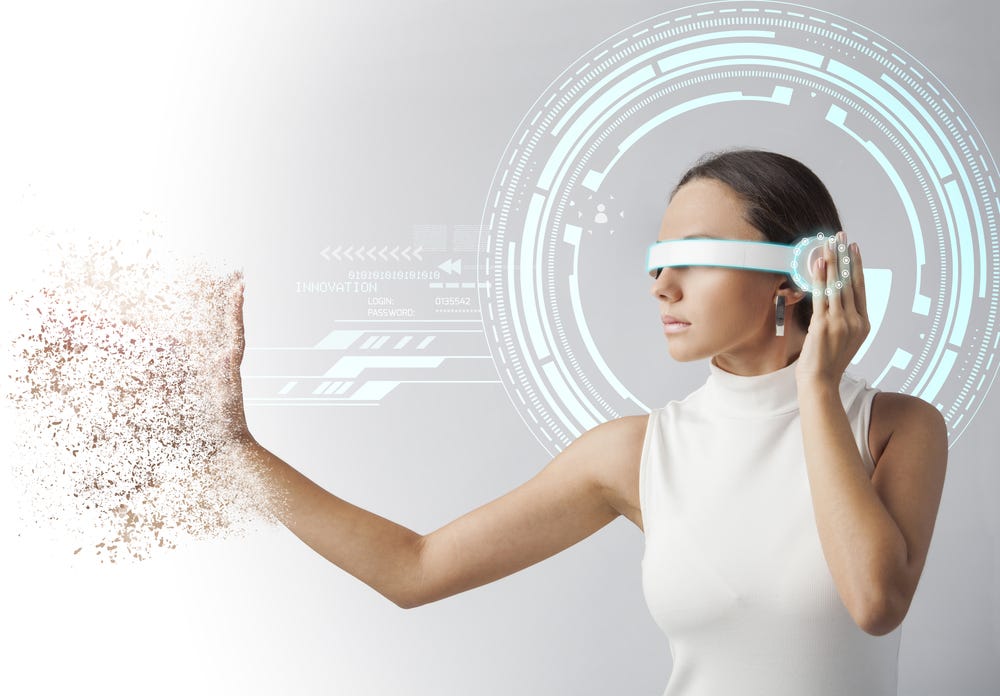
Wearable technology has earned a poor reputation recently, with headlines suggesting that 50% of users give up on the new tech item purchased in 3–6 months.
While there’s been a good deal of disappointment, wearable technology usage is still very much in its early phases. New trends are emerging that will propel the growth of wearables into the mainstream. These new directions are being catalysed by the decisions companies are making, and in the fields, such as elite sports and healthcare, that they are most applicable to.
These trends can be found in sports and technology conferences, in communities like the Quantified Self and on sites following the latest product releases.
The following are some of the trends that will be driving wearable usage mainstream over the coming years.
1. Fashion
Until now, wearables have appealed primarily to fitness and tech users, partially due to their aesthetics. This is changing. With Samsung Gear S2, Fossil, and even Tag Heuer, the latest batch of smartwatches have real style, but with smart functionality.
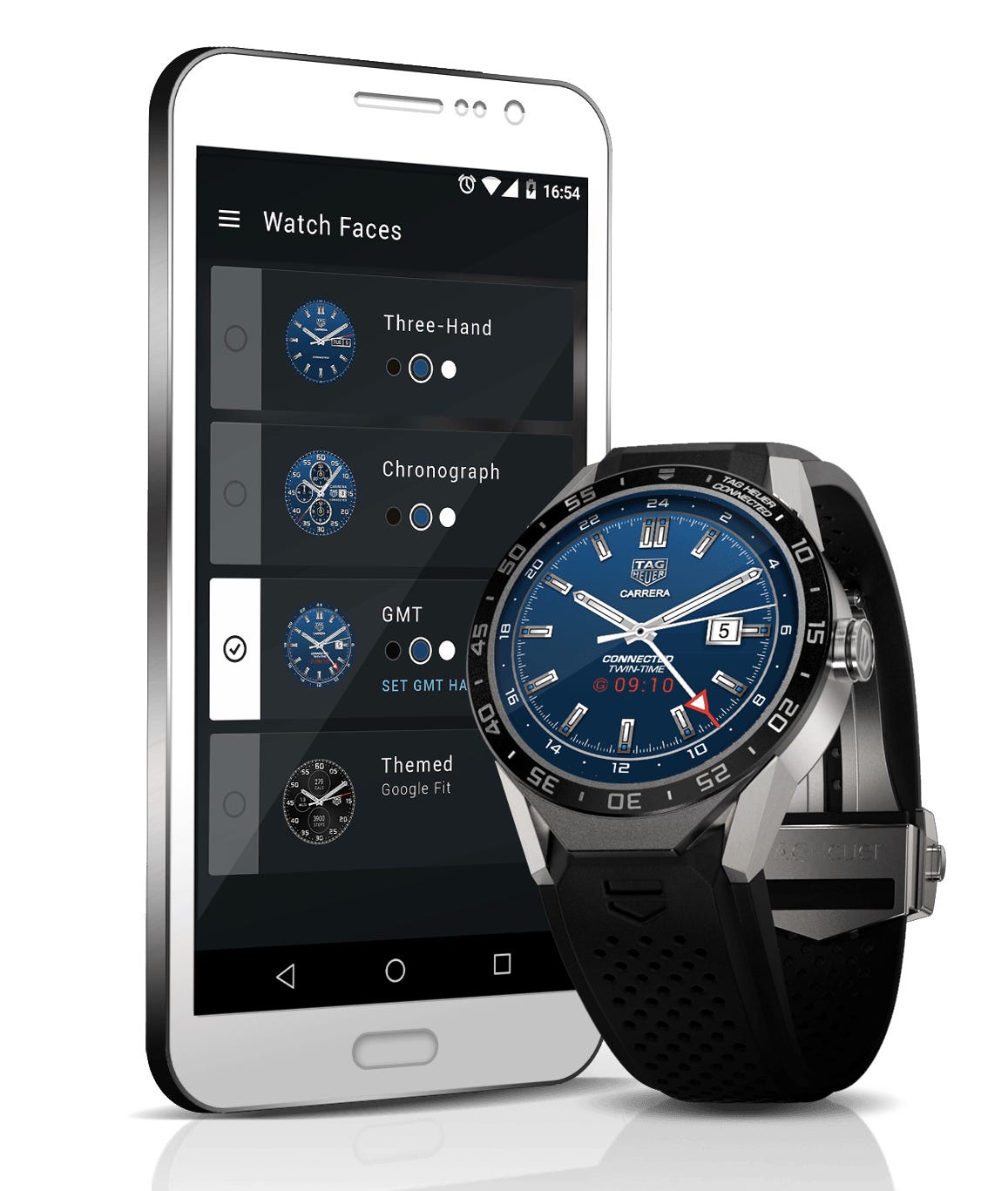
There is smart jewellery available that combines alerts, NFC, and even heart rate monitoring. Ringly can notify users of phone calls, SMS’s or any other alerts. The Oura ring will even track your steps, heart rate, and sleep.
2. Invisible Wearable’s
Wearable technology is becoming increasingly invisible, removing the pain points of putting on devices every morning, and simultaneously making them more appealing to the non-techie.
At the One Zero conference in Dublin, speakers were talking about the importance of making the gathering of information from athletes as painless as possible. Smart fabrics are being widely used now to gather metrics from athletes during training. Companies like Hexoskin, Ralph Lauren, and Under Armour are investing heavily in this space.
Smartwatch straps have all the functionality of the latest fitness trackers but work with existing watches. Smart straps are being developed by big names (i.e. Mont Blanc) and Kickstarter start-ups, like uBirds.
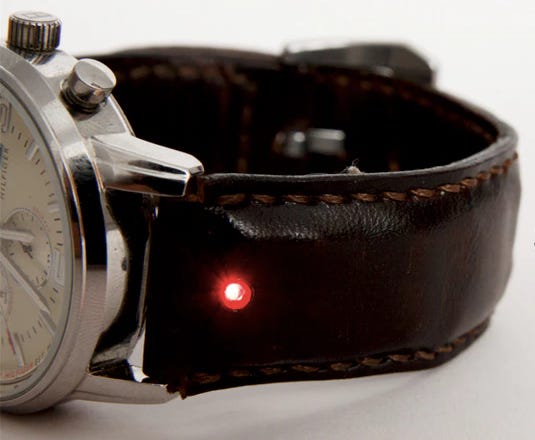
3. Smarter Wearable’s
Wearable devices are becoming smarter, and the intelligence of apps is improving, as well.
Most of the latest wearables, such as the Jawbone Up3, Fitbit, and Pebble, are designed with built-in ‘idle’ detection. For desk-bound office workers, idle alerts are arguably better for overall health than the daily 10k step goal.
The apps in the wider ecosystem are getting smarter. New apps being released, like AddApp, integrate data from multiple devices, including your phone, and even social media accounts. AddApp analyzes the data to give you personalised suggestions that help you meet your goals.
What does the future hold? Increased personalised recommendations based on your habits and lifestyle, improved contextual recommendations (think pill reminders after dinner, as opposed to at precisely 7:00 PM), and more relevant data streams — like a suggestion to pack rain gear in the morning if rain is forecast for the evening.
4. More Sensors
Wearables are no longer just about measuring steps with gyroscopes. The latest devices have continuous video, heart rate, and stress levels.
In healthcare, continuous glucose monitors are revolutionising the management of Type 1 diabetes.
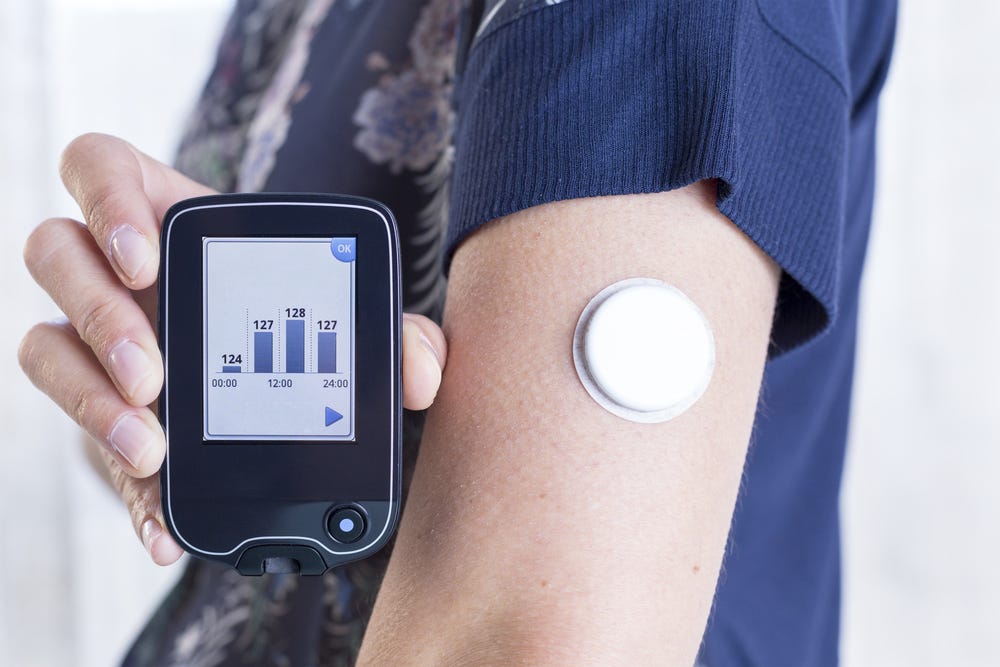
Skin patches are being developed to detect chemicals in the body. The ‘Chem-Phys’ patch will detect lactate levels in the body, which is useful for athletes, or patients with heart disease.
Ingestibles, small devices meant to be swallowed, allow internal examination of patients and are already available to measure the internal temperature. Jawbone is currently developing the next generation, yet to be released. Future generations could aid in treatment by monitoring reactions to medications.
5. Augmented Reality
Already used by the US Airforce for over thirty years, augmented reality is going mainstream. Pokémon GO is just the beginning. Augmented reality will revolutionise how we interact with just about everything, from navigation to personalised advertisements.
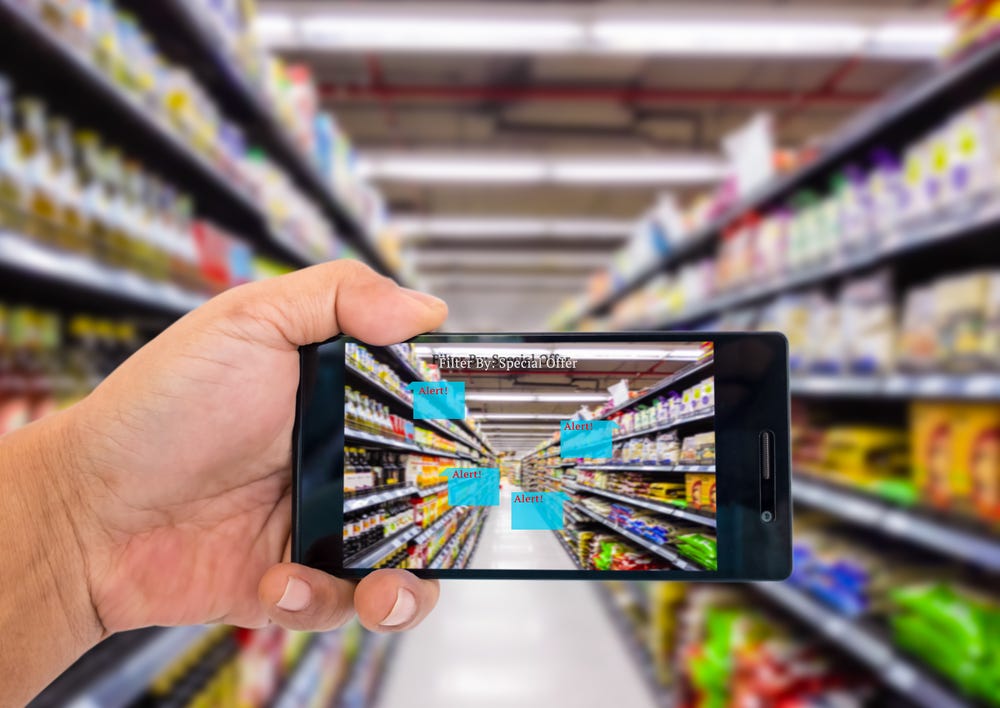
Google Glass may not have been a success mainstream, but it’s paving the way for the next generation. It has found useful niches, like being used by doctors to speed up access to patient records and improve communications from the emergency room to other hospital departments.
Microsoft HoloLense is the next generation of augmented reality glasses, currently in development, and should be shipping this month ($3,000).
Backed by Google, Magic Leap can superimpose 3D objects into the environment in incredibly dramatic ways and goes even beyond the capabilities of the Microsoft HoloLense.
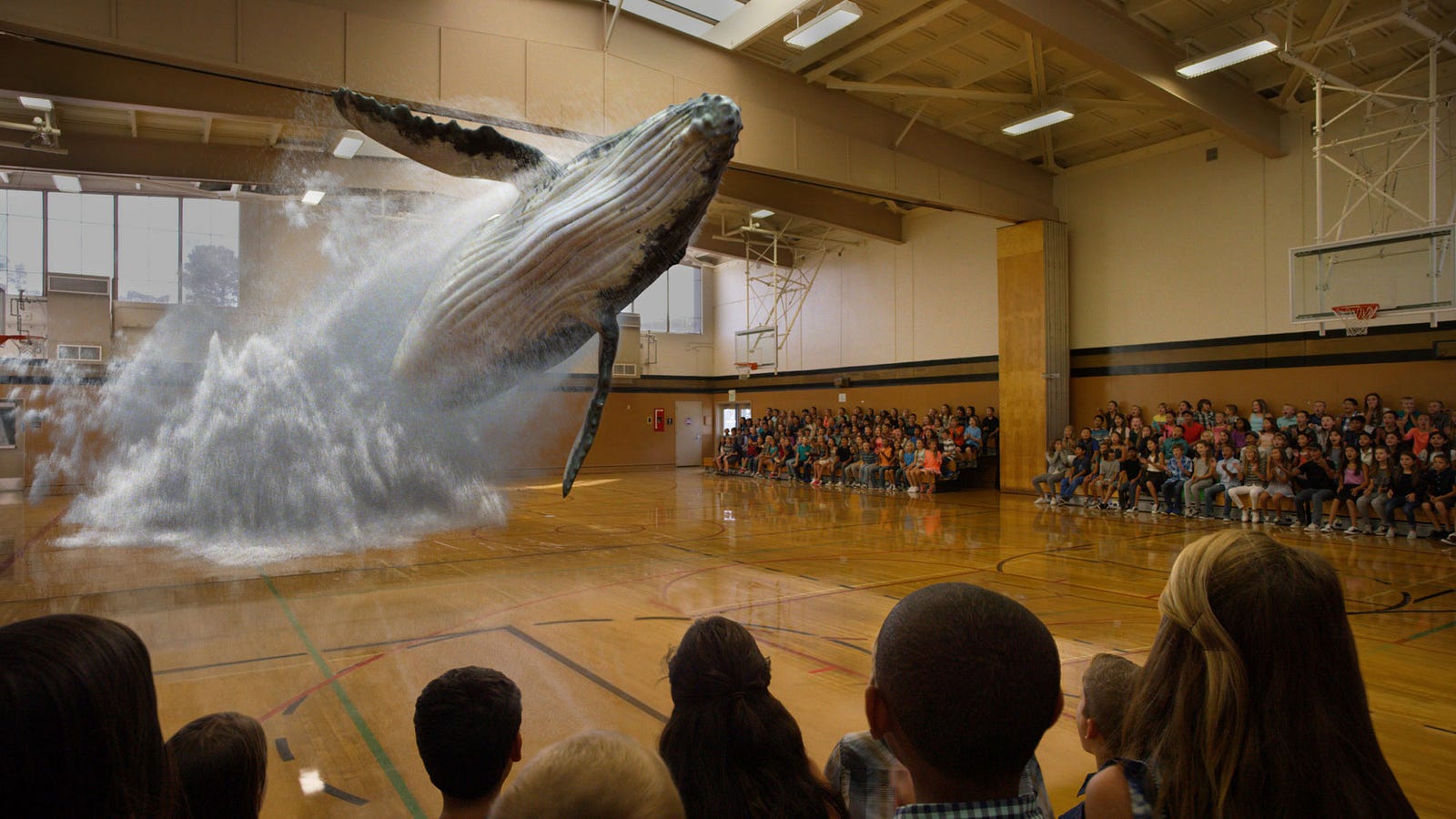
6. Sports
Wearables were big at the One Zero conference on sports and technology, and how leveraging data from wearables are part of the strategy for many top ranking teams — from Rio 2016 to basketball. Mounir Zok from TeamUSA talked about some of the ways that the innovation department played a pivotal role in getting 121 medals for the country.
One of the top trends out of sports technology is smart fabrics, which can gather more detailed data from athletes — data like stress and exhaustion levels. Smart fabrics are also painless to use for the athletes, wearing them just like traditional sports clothing.
Smart sensors are being used to track everything, from bikes to synchronised divers, and even boxers. 3D sensors allow coaches to analyse the performance of the athletes to gain a better overall idea of where they need to improve.
These technologies are solving real world problems, not just improving performance, but also monitoring athlete stress levels. Overtraining is a major problem in sports and can take an athlete out of training for up to six months. There is also Sudden Adult Death Syndrome of players on the field. Monitoring stress levels in athletes will potentially reduce the chances of this.
7. Digital Health
Wearables are becoming increasingly prevalent in personal health care. It’s still early, but this area is set to explode over the coming years, as data streams monitoring 247 will be able to track patients conditions or even pre-emptively diagnose conditions.
Passive monitoring of patients is already diagnosing patients earlier than was possible before. The sleep sensor ResMed S+ has been out a while now, and can effectively diagnose sleep conditions, like sleep apnea.
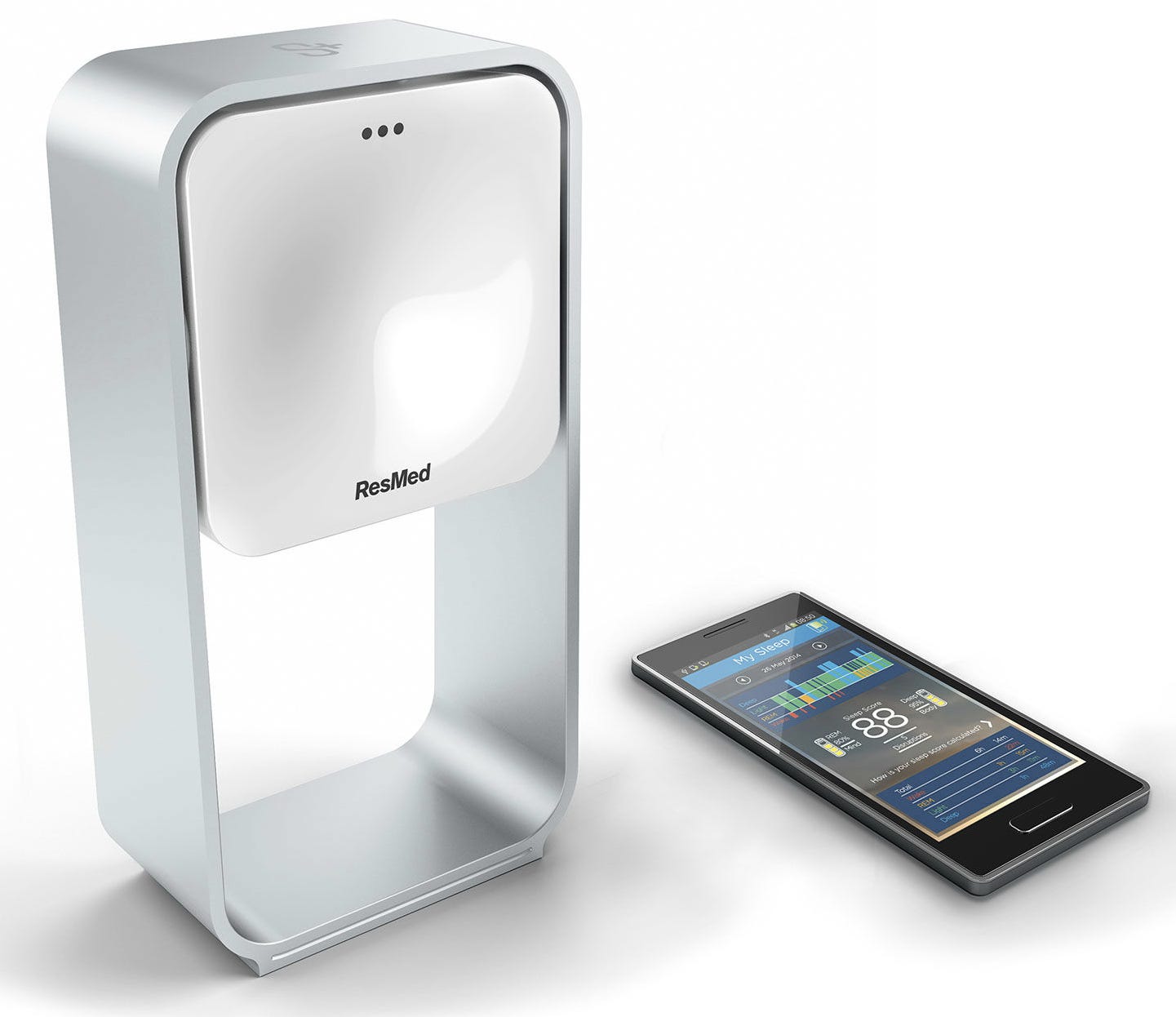
Diabetes 1 patients now have continuous 24/7 glucose monitors that are changing the lives of people with diabetes. A growing movement is taking this technology further, ‘hacking diabetes’, DIY solution designs showing how to connect insulin pumps to continuous glucose monitors to reduce the need for self-injections. These ‘bionic pancreases’ are in development by individuals who are not waiting any longer for medical companies to develop similar products (which will still require passing FDA approval).
Wearable apps have also been developed for epileptic patients to monitor, and even predict seizures. Wearables have also been developed to monitor elderly in case of falling, drug adherence, or periods of inactivity.
With all these innovations in digital health, it’s also becoming more regulated. Apple has just recently introduced changes to the rules to the app store on all digital health-based apps. The FDA is becoming heavily involved, also.
8. Big Data and Wearables
Billions of devices produce very big data streams. Massive data brings massive opportunity for innovation.
Google Traffic uses the data from our phones, local traffic data, and from people using Google maps, to get estimated times of arrival, and then plot the fastest routes.
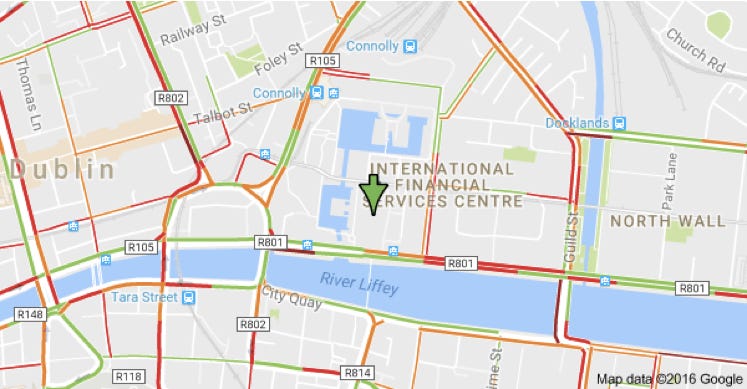
The 100k Wellness Project is a study in the US, tracking 100,000 people over five years with wearable sensors, while analysing their health every three months. They’re hoping to map how diseases start, and how they progress through the body, with the data.
Next generation use could range from predicting disease outbreaks based on body temperatures measured by wearables to better understanding, and predicting, of how chronic diseases like diabetes progress.
9. Non-Wearables
There will always be friction with users of wearable technology. Wearing sensors, charging devices, and other types of devices are causing irritation. Passive non-wearable sensors are a way around those issues.
Sleep sensors, like the ResMed S+ and the Beddit, are contactless, removing the need to use wrist straps, and therefore reducing friction. These sensors work by low-frequency radio waves or pressure sensors in the bed.
The Xbox Kinect, a 3D camera, is being used as a platform now for many new developments in human computer interactions. They’ve been used to monitor breathing, movement and heart rates in Cystic Fibrosis patients. They’ve been used in rehabilitation for stroke patients. They’ve even being used in space to measure astronauts’ weight.
10. Wearable Apps & Open Platforms
We’re beginning to see the move from the one-device-one-function model of wearables to open platform devices running apps.
The iWatch and Pebble watch both support downloadable apps. The iWatch has sleep tracking apps, and it even has apps to control Power Point presentations.
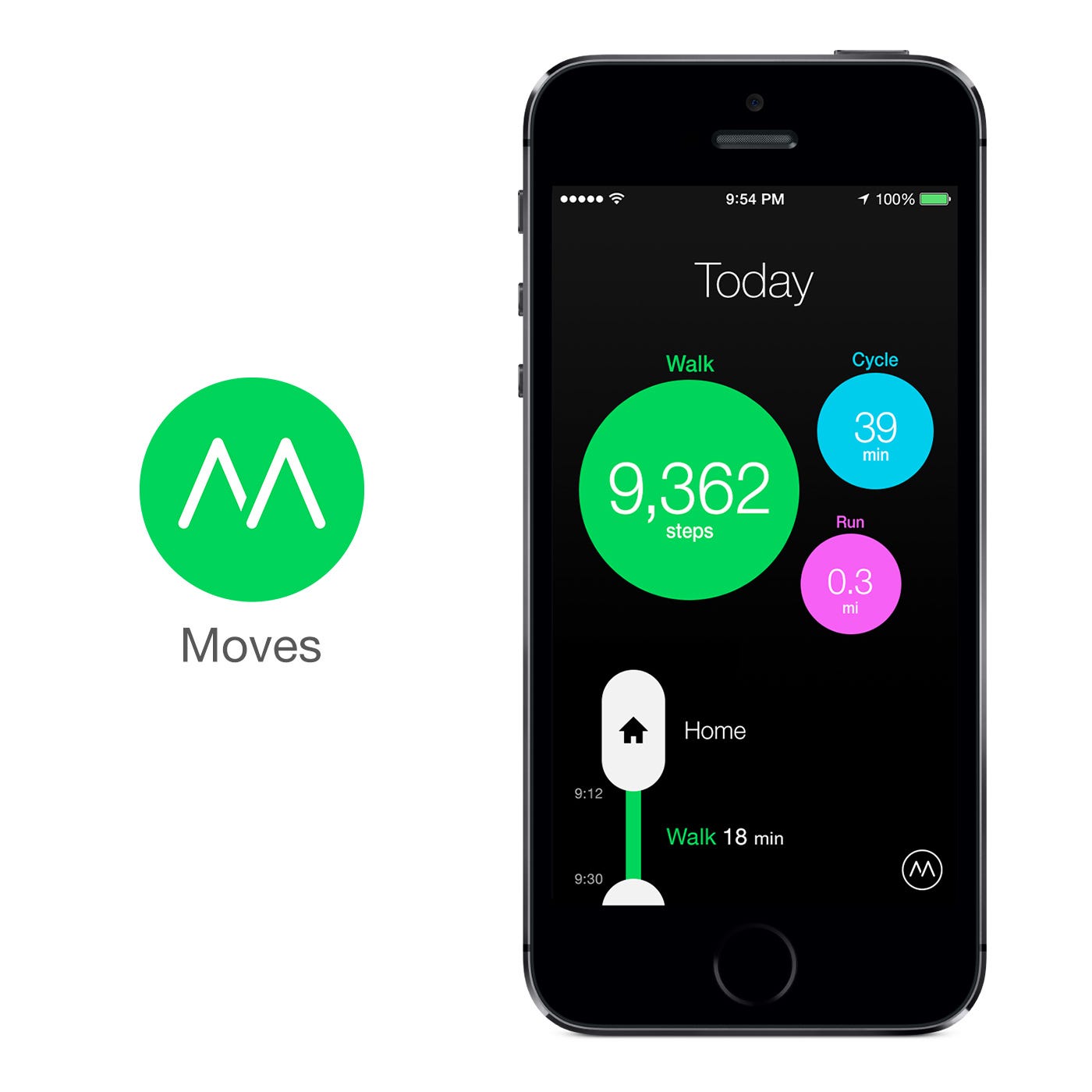
Wearable functionality is also moving to the smartphone. Apps like Moves are replacing dedicated step counters like the Fitbit. Boomerang Ortho, a DCU based start-up, is developing an iPhone-based coaching platform to improve patient recovery after orthopaedic surgery. Previously, this would have required dedicated hardware.
Conclusions
What’s clear is that big developments are going on in wearable technology. Real world problems are being solved, in areas from elite sports (improving training and recovery) to healthcare (assisting in the monitoring and treatment of various conditions).
At the same time, we’re seeing trends with wearables being more empathic with the end user, and they’re becoming more fashionable, easier to use, and less visible.
Technology is becoming vastly more powerful. Power consumption is decreasing, and there is new functionality in sensors and augmented reality.
The combination of all three trends will result in exponential growth of wearables over the coming years
댓글 없음:
댓글 쓰기